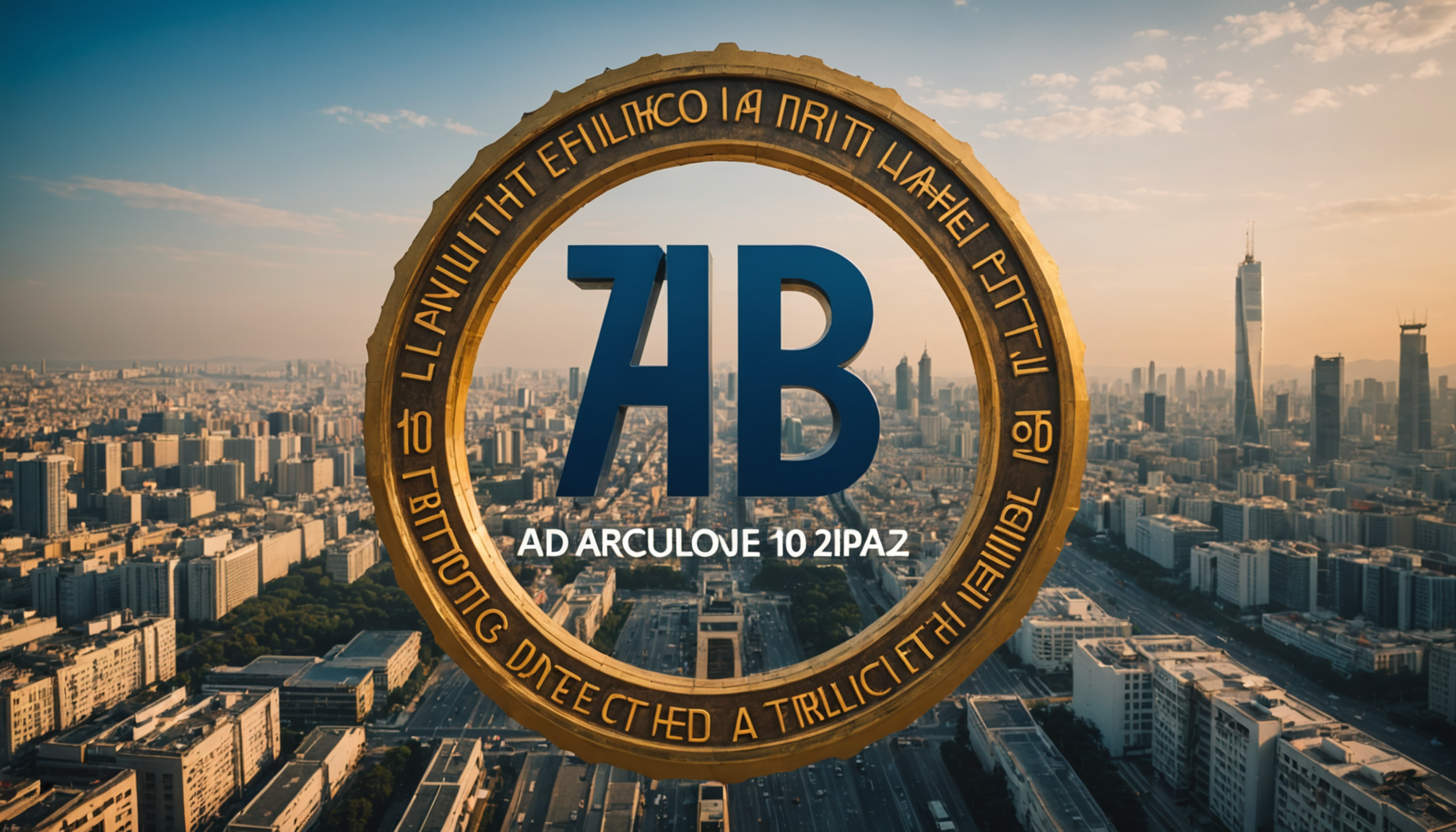
Report on the 10th Annual Meeting of the Asian Infrastructure Investment Bank (AIIB) and Its Alignment with Sustainable Development Goals (SDGs)
Introduction
The Asian Infrastructure Investment Bank (AIIB) convened its 10th Annual Meeting of the Board of Governors in Beijing this week. Established in 2016 to promote development across Asia, the AIIB has financed over 300 projects in 38 countries, investing more than $60 billion. Chinese Premier Li Qiang attended and addressed the opening ceremony, underscoring the importance of the event.
AIIB’s Decade of Impact and Contribution to SDGs
Since its inception, the AIIB has expanded to 110 members, including major European economies such as France, Germany, Italy, and the United Kingdom. Collectively, these members represent 80% of the global population and nearly two-thirds of the world’s GDP.
The AIIB’s projects have significantly contributed to several Sustainable Development Goals, including:
- SDG 7 (Affordable and Clean Energy): Installation of 21.3 gigawatts of renewable energy capacity.
- SDG 11 (Sustainable Cities and Communities): Nearly 1 billion people gaining or set to gain access to urban mass transport systems such as roads, rail, and metro.
- SDG 13 (Climate Action): Avoidance of 28.5 million tonnes of carbon emissions annually.
Addressing the Infrastructure Gap in Asia
The AIIB highlights a significant infrastructure shortfall, estimating that Asia requires approximately $3 trillion annually to meet rising demands in roads, rail, broadband, and energy sectors. Financing sustainable infrastructure is central to the AIIB’s mission, which aligns with:
- SDG 9 (Industry, Innovation, and Infrastructure): Building resilient infrastructure to promote inclusive and sustainable industrialization.
- SDG 1 (No Poverty) and SDG 10 (Reduced Inequalities): Supporting equitable growth and poverty reduction through infrastructure development.
- SDG 5 (Gender Equality): Promoting inclusive prosperity, including for women and girls.
The theme of this year’s meeting, “Connecting for Development, Collaborating for Prosperity,” emphasizes the role of multilateralism and international cooperation in overcoming infrastructure challenges.
Commitment to Green Growth and Climate Goals
The AIIB prioritizes financing sustainable infrastructure projects to support developing countries in achieving their climate objectives. Key highlights include:
- In 2024, 67% of AIIB financing was climate-related, an increase from 60% in 2023.
- Support for clean energy projects, water security initiatives, and greener urban transport systems is expected to expand.
These efforts contribute directly to:
- SDG 6 (Clean Water and Sanitation)
- SDG 7 (Affordable and Clean Energy)
- SDG 11 (Sustainable Cities and Communities)
- SDG 13 (Climate Action)
Leadership Transition and Future Directions
The 10th Annual Meeting also included the election of the AIIB’s new president, succeeding Jin Liqun whose term ends in January 2026. The incoming president will inherit a strong foundation characterized by:
- A clear mission aligned with sustainable development.
- Robust governance structures.
- A committed team and proven impact record.
The AIIB emphasizes continued adherence to values such as professionalism, multilateralism, innovation, and delivering tangible results for its members, which are essential for advancing the SDGs.
Conclusion: The Importance of AIIB’s Decisions for Global Sustainable Development
Infrastructure development shapes how populations access energy, transportation, and climate resilience measures. The decisions made during the AIIB’s meeting in Beijing will significantly influence the ability of millions to power their homes, commute sustainably, and adapt to climate change, thereby advancing multiple Sustainable Development Goals.
1. Sustainable Development Goals (SDGs) Addressed or Connected
- SDG 7: Affordable and Clean Energy
- Installation of 21.3 gigawatts of renewable energy capacity.
- 67% of AIIB financing being climate-related, supporting clean energy projects.
- SDG 9: Industry, Innovation, and Infrastructure
- Financing infrastructure projects across Asia including roads, rail, broadband, and energy.
- Addressing the $3 trillion annual infrastructure gap in Asia.
- SDG 11: Sustainable Cities and Communities
- Nearly 1 billion people gaining access to urban mass transport (roads, rail, metro).
- Support for greener urban transport to promote sustainable and inclusive growth.
- SDG 13: Climate Action
- 28.5 million tonnes of carbon emissions avoided annually.
- Focus on climate-related financing to help developing nations meet climate goals.
- SDG 5: Gender Equality
- Emphasis on inclusive prosperity including for women and girls through infrastructure development.
2. Specific Targets Under the Identified SDGs
- SDG 7: Affordable and Clean Energy
- Target 7.2: Increase substantially the share of renewable energy in the global energy mix.
- Target 7.a: Enhance international cooperation to facilitate access to clean energy research and technology.
- SDG 9: Industry, Innovation, and Infrastructure
- Target 9.1: Develop quality, reliable, sustainable, and resilient infrastructure.
- Target 9.c: Increase access to information and communications technology and strive to provide universal and affordable access to the Internet.
- SDG 11: Sustainable Cities and Communities
- Target 11.2: Provide access to safe, affordable, accessible and sustainable transport systems for all.
- SDG 13: Climate Action
- Target 13.2: Integrate climate change measures into national policies, strategies, and planning.
- SDG 5: Gender Equality
- Target 5.5: Ensure women’s full and effective participation and equal opportunities for leadership at all levels of decision-making.
3. Indicators Mentioned or Implied to Measure Progress
- SDG 7 Indicators
- Renewable energy capacity installed (e.g., 21.3 gigawatts of renewable energy capacity).
- Proportion of climate-related financing (67% in 2024).
- SDG 9 Indicators
- Number of infrastructure projects financed (over 300 projects in 38 countries).
- Investment amount in infrastructure (over $60 billion).
- SDG 11 Indicators
- Number of people gaining access to urban mass transport (nearly 1 billion people).
- SDG 13 Indicators
- Tonnes of carbon emissions avoided annually (28.5 million tonnes).
- SDG 5 Indicators
- Inclusion metrics related to women and girls in infrastructure development (implied focus on inclusive prosperity).
4. Table: SDGs, Targets and Indicators
| SDGs | Targets | Indicators |
|---|---|---|
| SDG 7: Affordable and Clean Energy |
|
|
| SDG 9: Industry, Innovation, and Infrastructure |
|
|
| SDG 11: Sustainable Cities and Communities |
|
|
| SDG 13: Climate Action |
|
|
| SDG 5: Gender Equality |
|
|
Source: euronews.com





